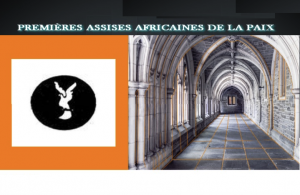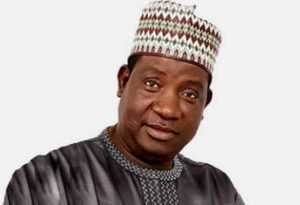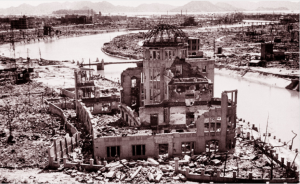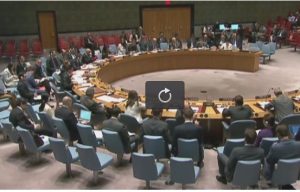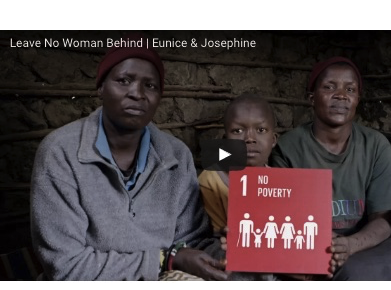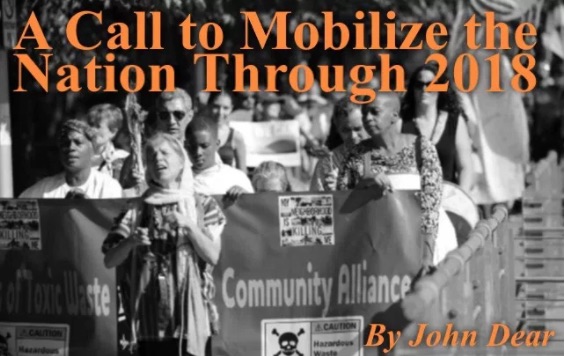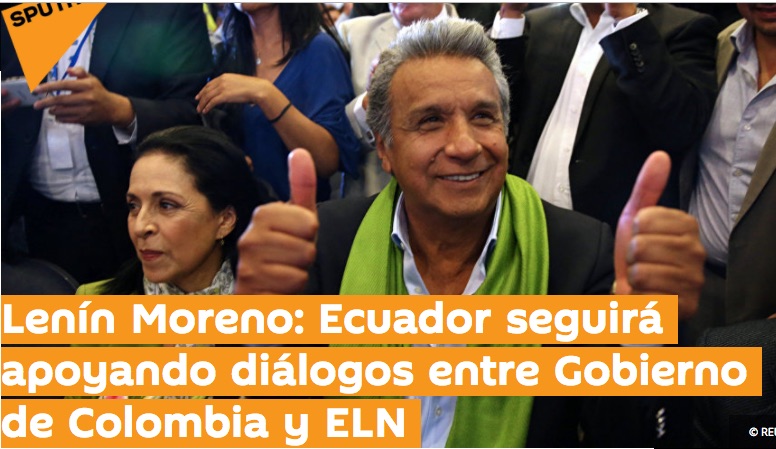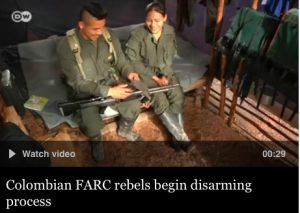. DISARMAMENT & SECURITY.
An article by Jules Crétois in Jeune Afrique
In Rome, the Central African armed groups gathered with representatives of the institutions of the CAR and MINUSCA to sign an agreement for peace. Some appreciate the agreement, others less …
All the Central African armed groups – fourteen in total – gathered in Rome on the initiative of the Catholic community of Sant’Egidio, except for the 3R (“Return, Reclamation and Rehabilitation”), for logistical reasons. Their representatives, most of whom arrived from Yaounde, Cameroon, have been discussing since 15 June, in the presence of representatives of the Government, the National Assembly and the Presidency and a representative of the United Nations. . . . (continued here.
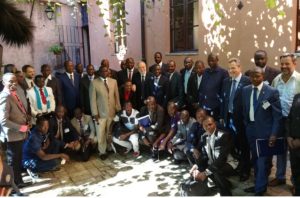
Photo from Saint Egidio
* * * * * * *
Further Information from the website of Sant’Egidio
This afternoon [June 20] was signed in Rome, Sant’Egidio, an important “political agreement” paving the way for the pacification of Central Africa, plagued by years of civil war and grave internal tensions that have caused many victims and thousands of refugees. The document, which foresees an immediate ceasefire, was achieved through the mediation of the Community of Sant’Egidio, that for years has been working for the reconciliation of the country, with the presence of observers from the international community, of the UN envoy Parfait Onanga -Anyanga, the European Union and the Italian Government.
(Continued in the right column)
(Continued from the left column)
The agreement, signed by representatives of the numerous political-military groups present in the country and by President Touadera’s envoys-and resulting from three intense working days (and nights), revolves around three main points, which were illustrated at a press conference by the President of the Community of Sant’Egidio, Marco Impagliazzo. The points deal with the political situation, with security and with economic, humanitarian and social issues. In the first point, in addition to the ceasefire under the control of the international community, they reaffirm the will to respect the integrity of the national territory, the representativeness and the recognition of all political-military groups for the reconstruction of the country, the respect for the results of the 2016 presidential and legislative elections and, more generally, the work to build “a dynamic of reconciliation”.
Security is ensured by the free movement of persons and property, the restoration of state authority throughout the country, while at the economic, humanitarian and social level they are committed, inter alia, to the reconstruction and In the protection of national and international NGOs present in the country.
It is a real road map to get out of the crisis. It will be followed by a joint committee chosen with the consent of all and the participation of the Community of Sant’Egidio, that is thanked in the text of the agreement for its precious ” Mediation work “.
At the time of signing, among the moments of emotion and the solemn singing of the national anthem was also present the founder of Sant’Egidio Andrea Riccardi. The meeting of Rome was greeted on Sunday by Angelus by Pope Francis who recalled his historic visit to Central Africa in November 2015 and who encouraged the delegations present at the talks to “revive and strengthen the peace process”.

